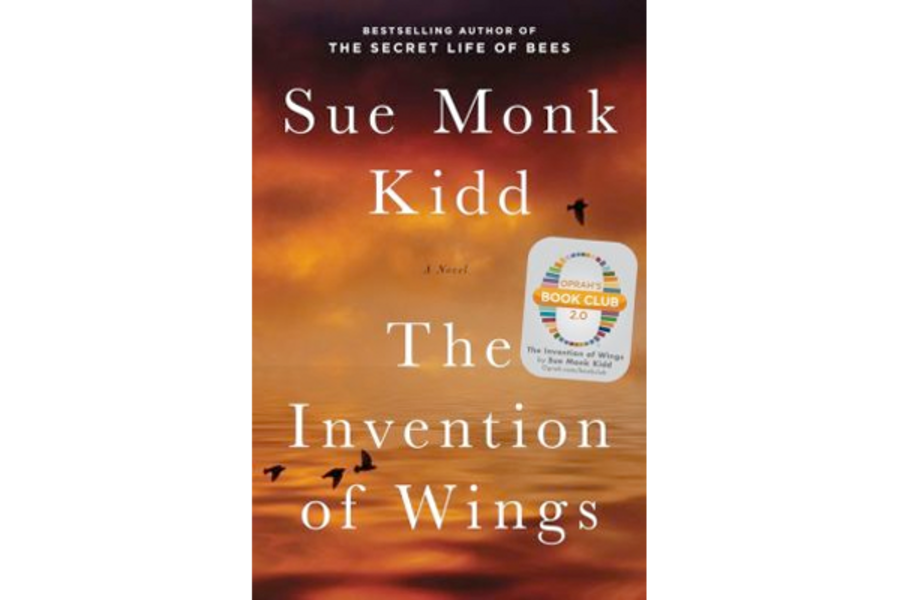'The Invention of Wings': What's fact and what's fiction
Loading...
The novel “The Invention of Wings” by “The Secret Life of Bees” author Sue Monk Kidd seems to be everywhere right now. Oprah has chosen the novel as the latest pick for her revamped book club, Amazon is featuring the book on its January "best-of" list, and enthusiastic reviews are now appearing in major publications.
“The Invention of Wings” tells the story of Sarah Grimké, a real-life figure and daughter of one of Charleston’s leading families in the 1800s who along with her sister was banished from Charleston for her talk of African-American equality. In Kidd’s novel, Sarah and Hetty – a child slave also known as “Handful” – alternate as narrators. The relationship between the two girls begins when Hetty is given to Sarah on Sarah's eleventh birthday to serve as her maid.
So how close is “The Invention of Wings” to history? One important detail is different. As depicted in the novel, Sarah teaches Hetty to read when the two are young and both Sarah and Hetty are punished. In real life, Hetty was given a severe beating and then died of "an unspecified disease" shortly thereafter, according to Kidd. But Kidd says she knew she had to keep Hetty in her story.
“I could hear Hetty in my head quite clearly,” Kidd told the New York Times. “She would talk and talk and talk and talk to me.”
In both the novel and in real life, Sarah is joined in her beliefs against slavery and for women’s rights by her younger sister, Angelina. And the real Sarah did dream of becoming a lawyer, but – as depicted in Kidd's story – was hampered by her gender.
Washington Post reviewer Margaret Wrinkle notes that the novel "provides a welcome exploration of the enormous impact that slavery had on whites as well as blacks." She writes that, "Even as [Kidd] reveals the power of cross-racial intimacy to radicalize both parties, she doesn’t shy away from examining the dangers of white innocence and white privilege."
While Charlotte, Hetty’s mother and an important figure in the book, was created by Kidd, several historical figures do appear in the novel, including activist Lucretia Mott and Denmark Vesey, a free African-American believed to have been a driving force behind an 1822 slave rebellion and executed for his alleged part in the planning of it.
“The Invention of Wings” was originally published on Jan. 7.







